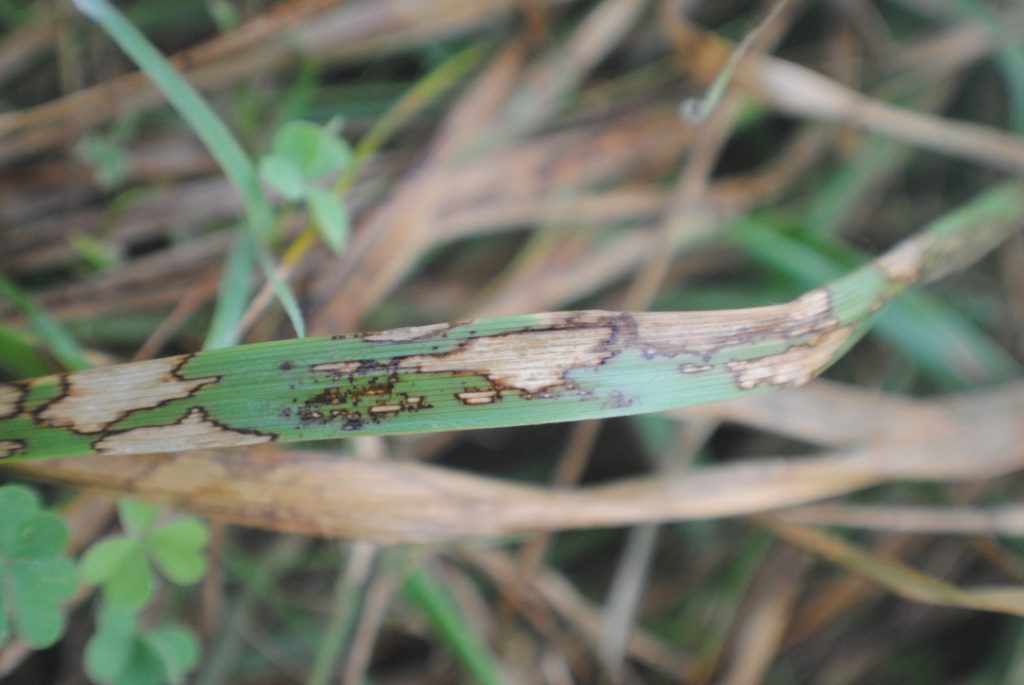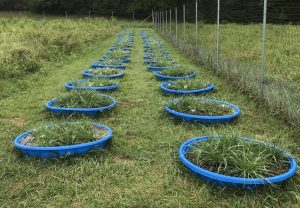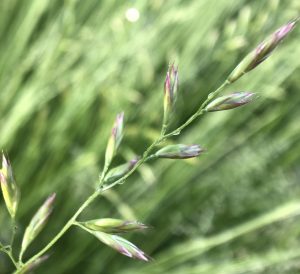Research
fescuefungi.orgThis research is funded by the NSF-NIH-USDA joint program in Ecology and Evolution of Infectious Diseases. |
|
Our overarching research goal is to understand how epidemics and transmission of infectious diseases can be shaped by the diversity of ecological interactions among parasites, pathogens, and other microbes within host individuals. We are particularly interested in how seasonal epidemics can be shaped by the combination of climate variation and species interactions among co-infecting pathogens. This interest in seasonal epidemics is leading us to investigate questions about the role of time in species interactions, at scales from days (infections and species interactions within a host individual) to seasons (epidemics across the host population). We are also investigating the role of interactions among pathogens and the broader host microbiome. We primarily study fungi that infect leaves, causing foliar fungal diseases, in the widespread and ecologically important grass species tall fescue. Plant disease can have important consequences for both ecosystems and for human well-being. Additionally, plants and foliar fungal diseases are both experimentally tractable, allowing us to build fundamental knowledge that may apply more broadly across disease systems. To better understand microbial diversity and interactions within leaves, we employ high-throughput genomic sequencing approaches as well as field experiments, greenhouse experiments, field surveys, and mathematical models. Our research integrates across levels of biological organization, from the organism to the landscape. As a lab group, we collaborate with a broader multidisciplinary team including experts in not only disease ecology, but also fungal biology, theoretical ecology, and evolutionary biology. Furthermore, we are collaborating with the Museum of Life and Science in Durham to extend our research to the public. 
A field mesocosm experiment created using “kiddie pools” (photo: B. Joyner) Our prior projects include:The community ecology of viral pathogens – Causes and consequences of coinfection in hosts and vectors Predicting disease risk from community context and host phenotype: a trait-based approach The role of pathogens in competition between introduced and native grasses Joint effects of global change and biological invasions on insect-vectored generalist pathogens Feedbacks between host community structure and pathogen spread Microbial plant pathogens as modulators of global change
|

